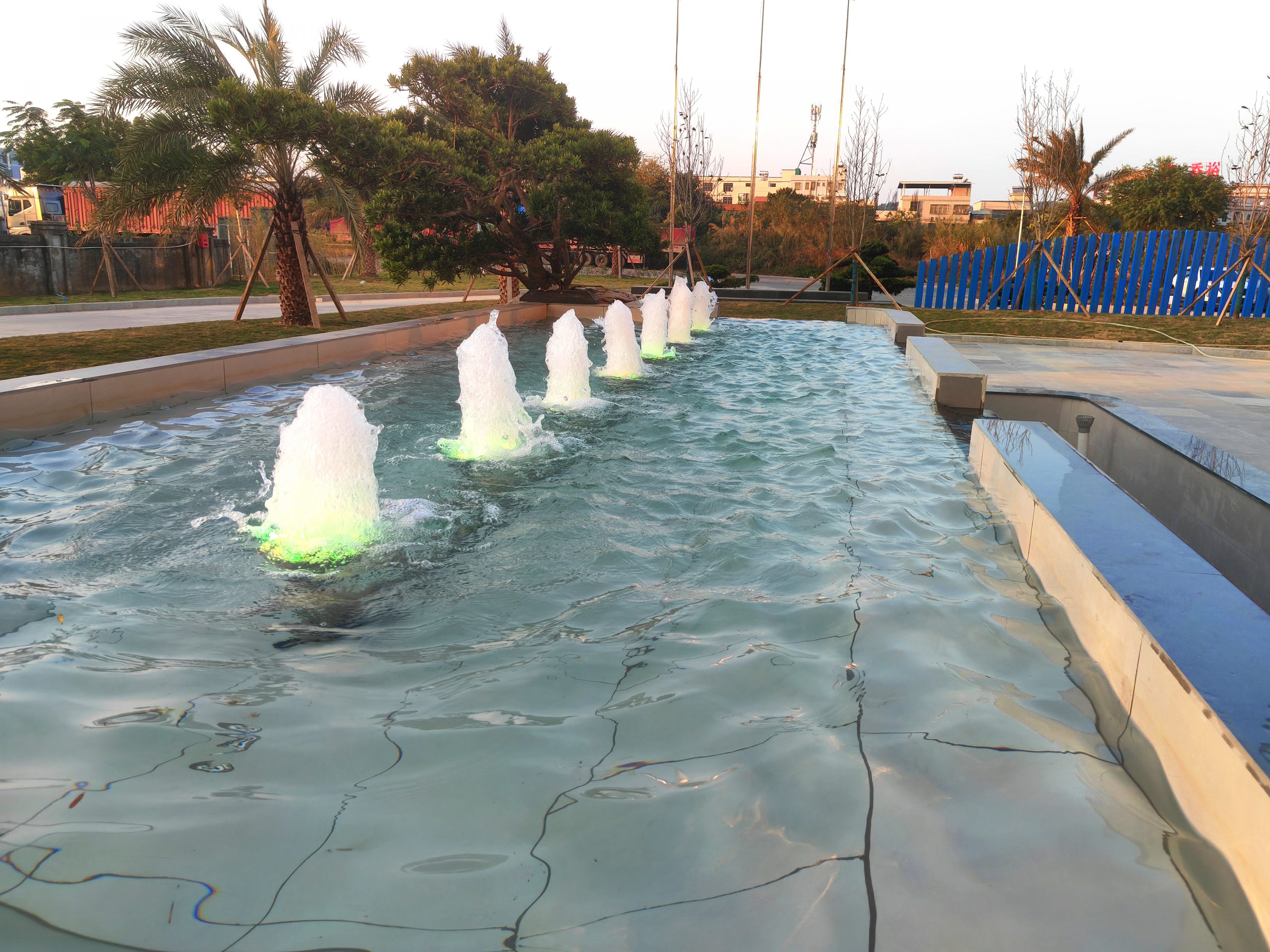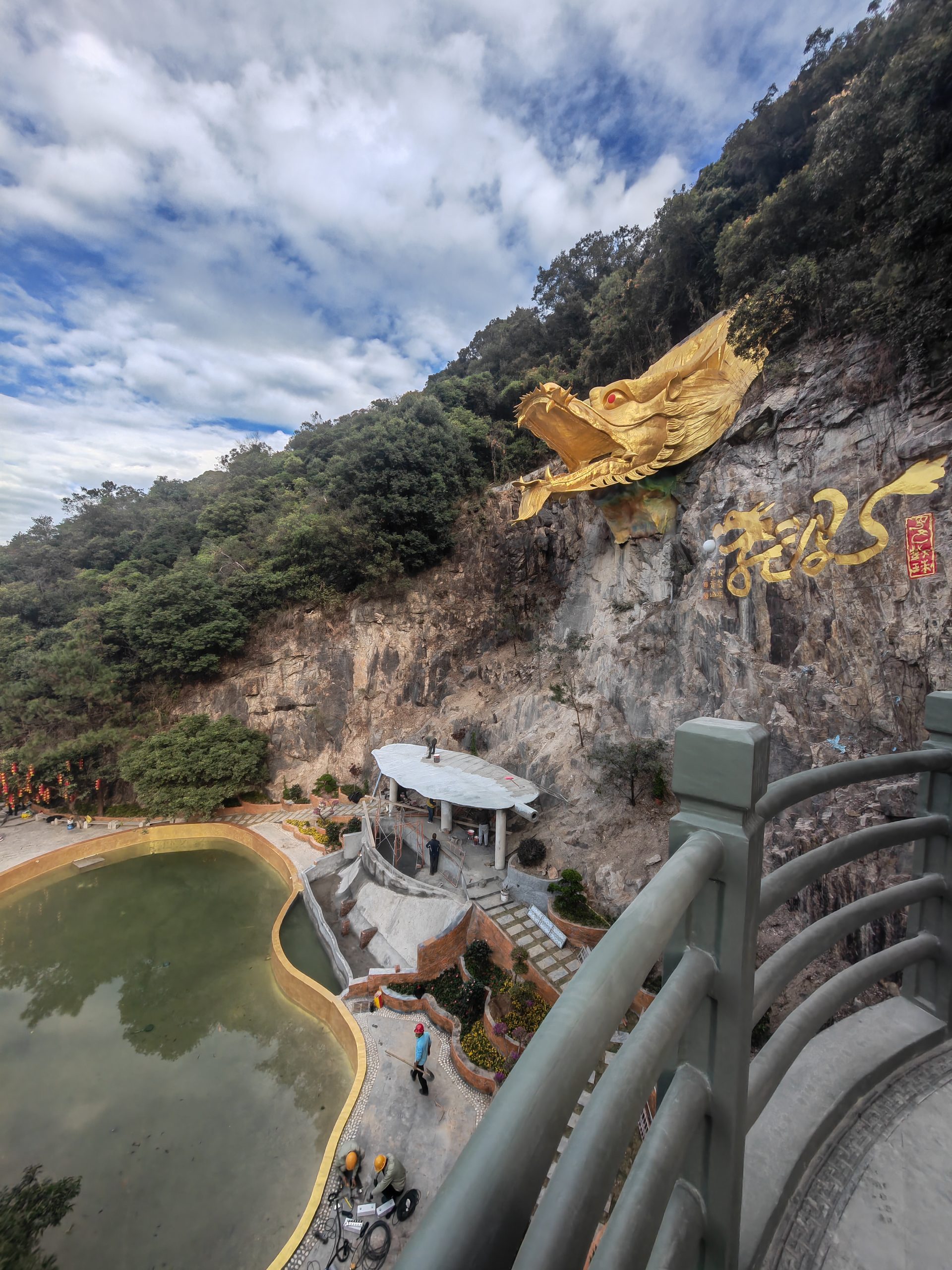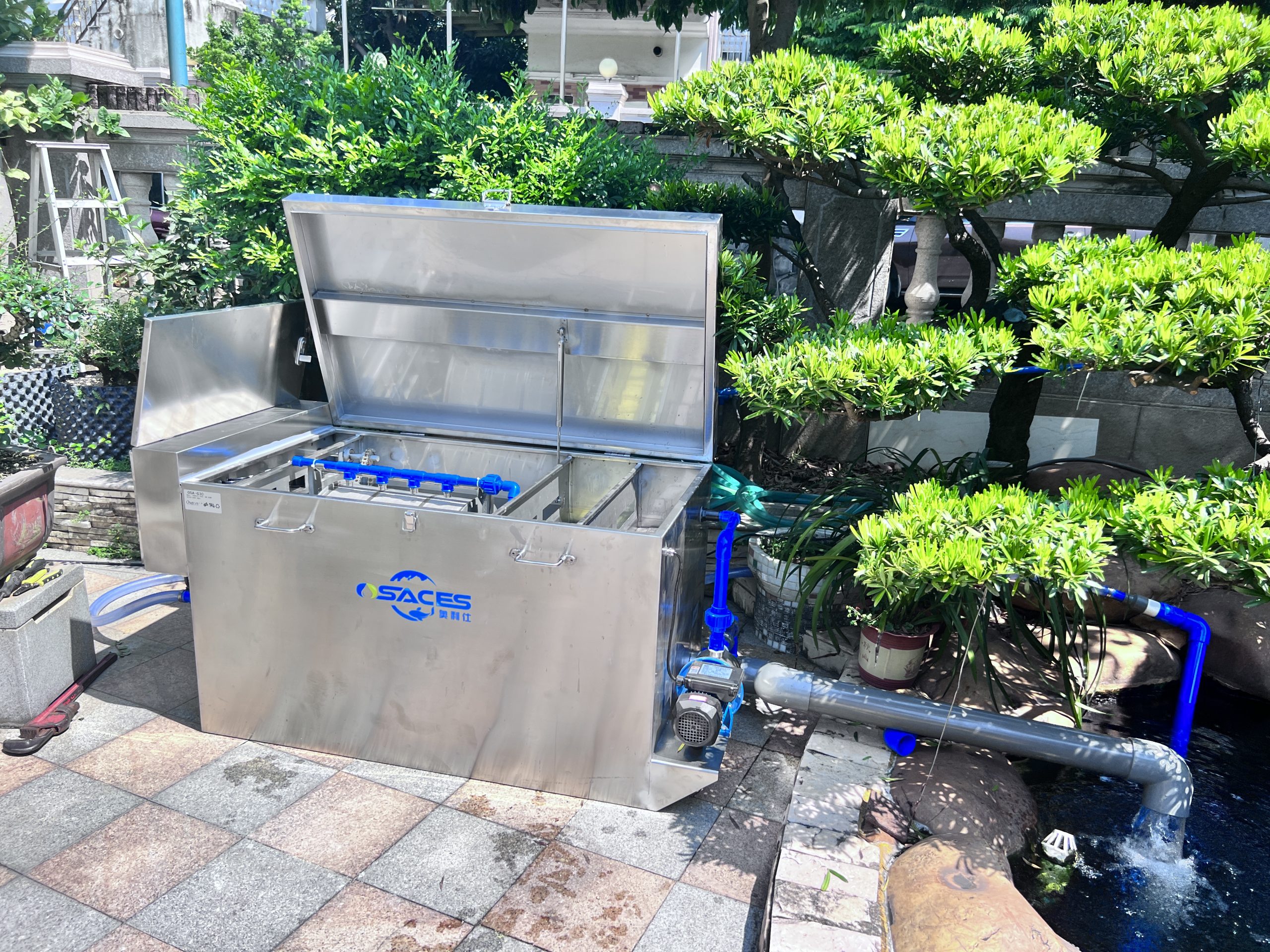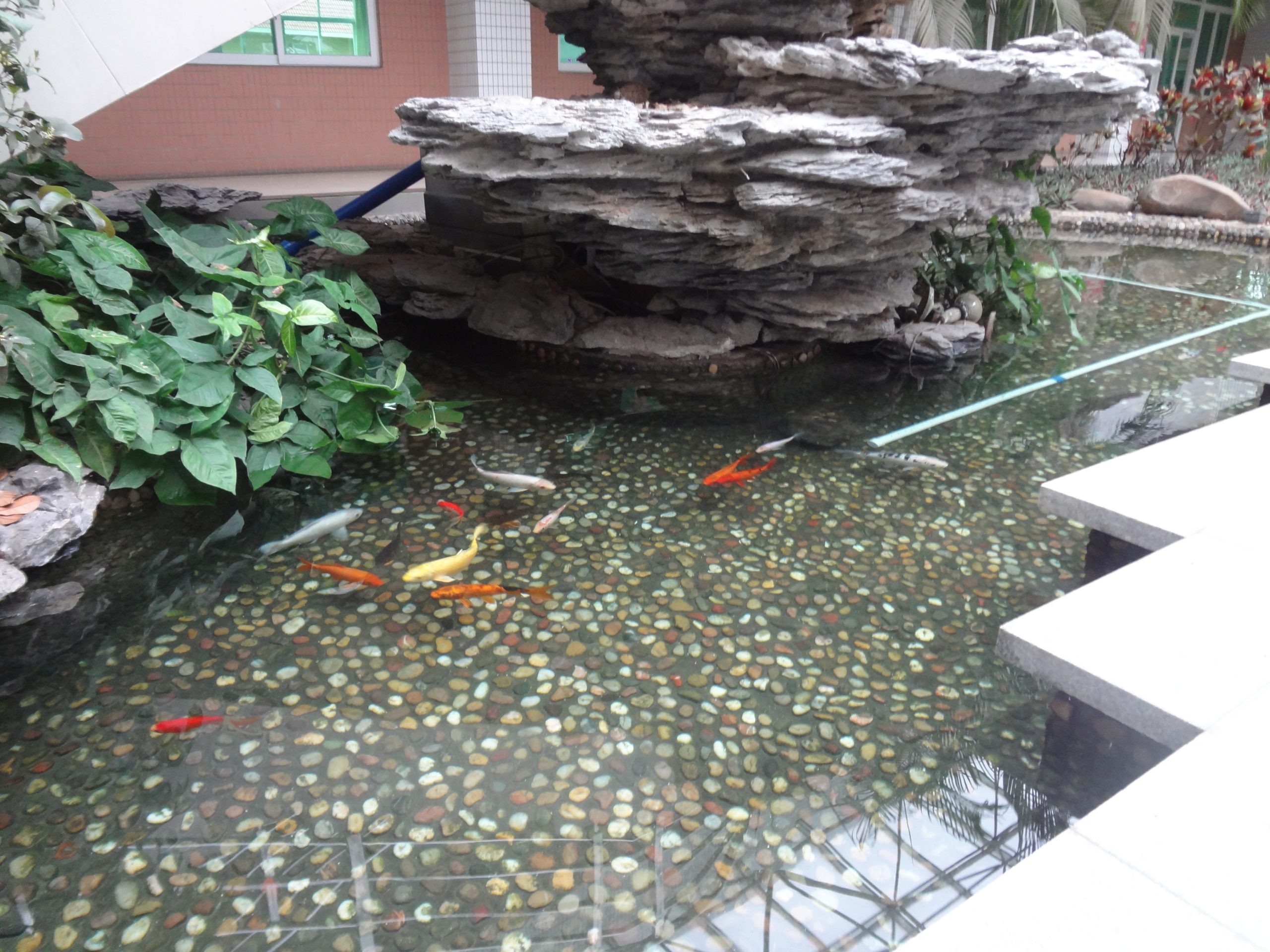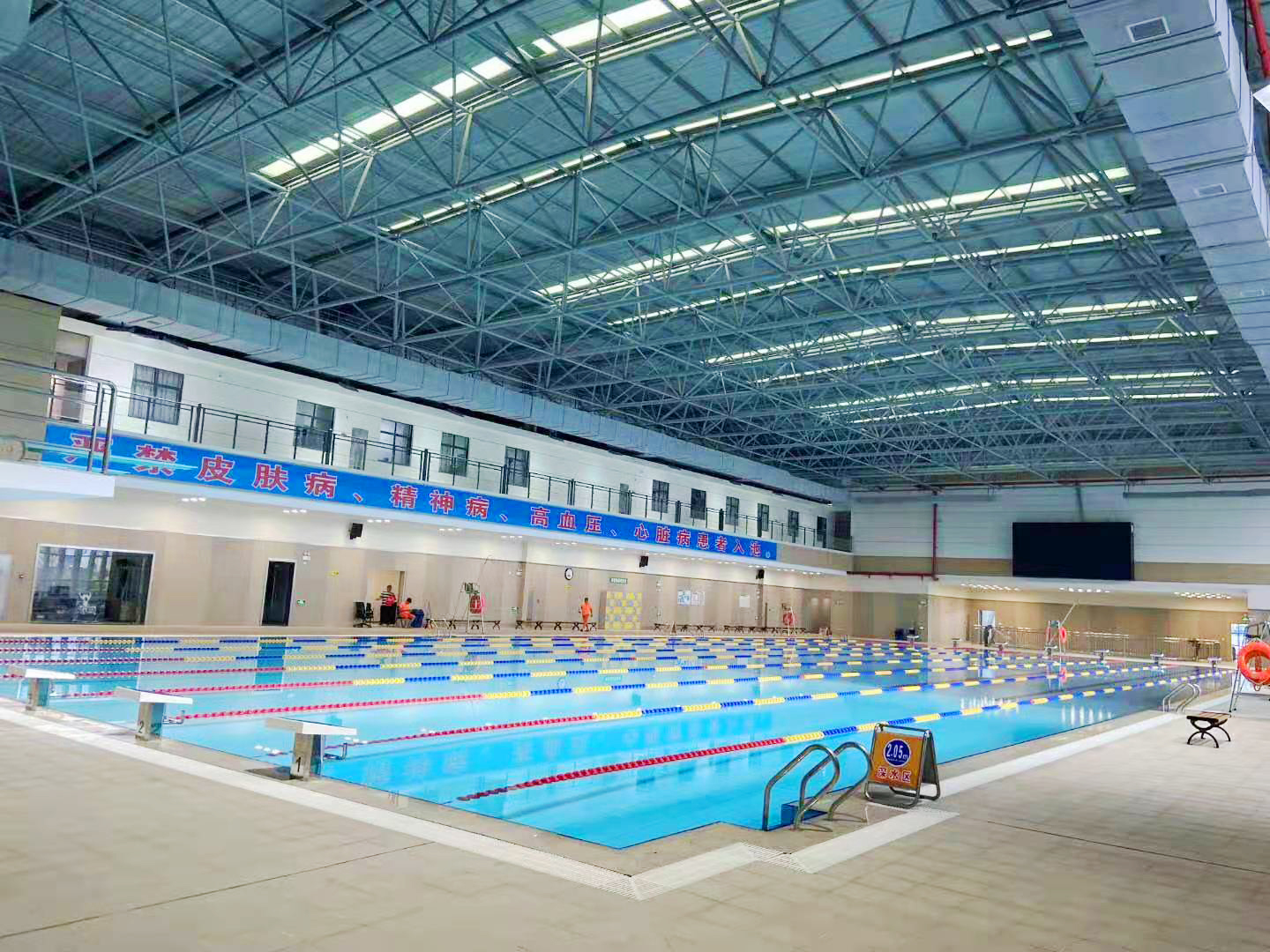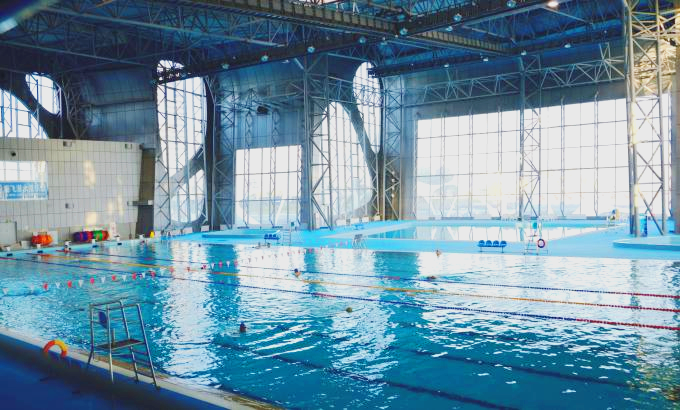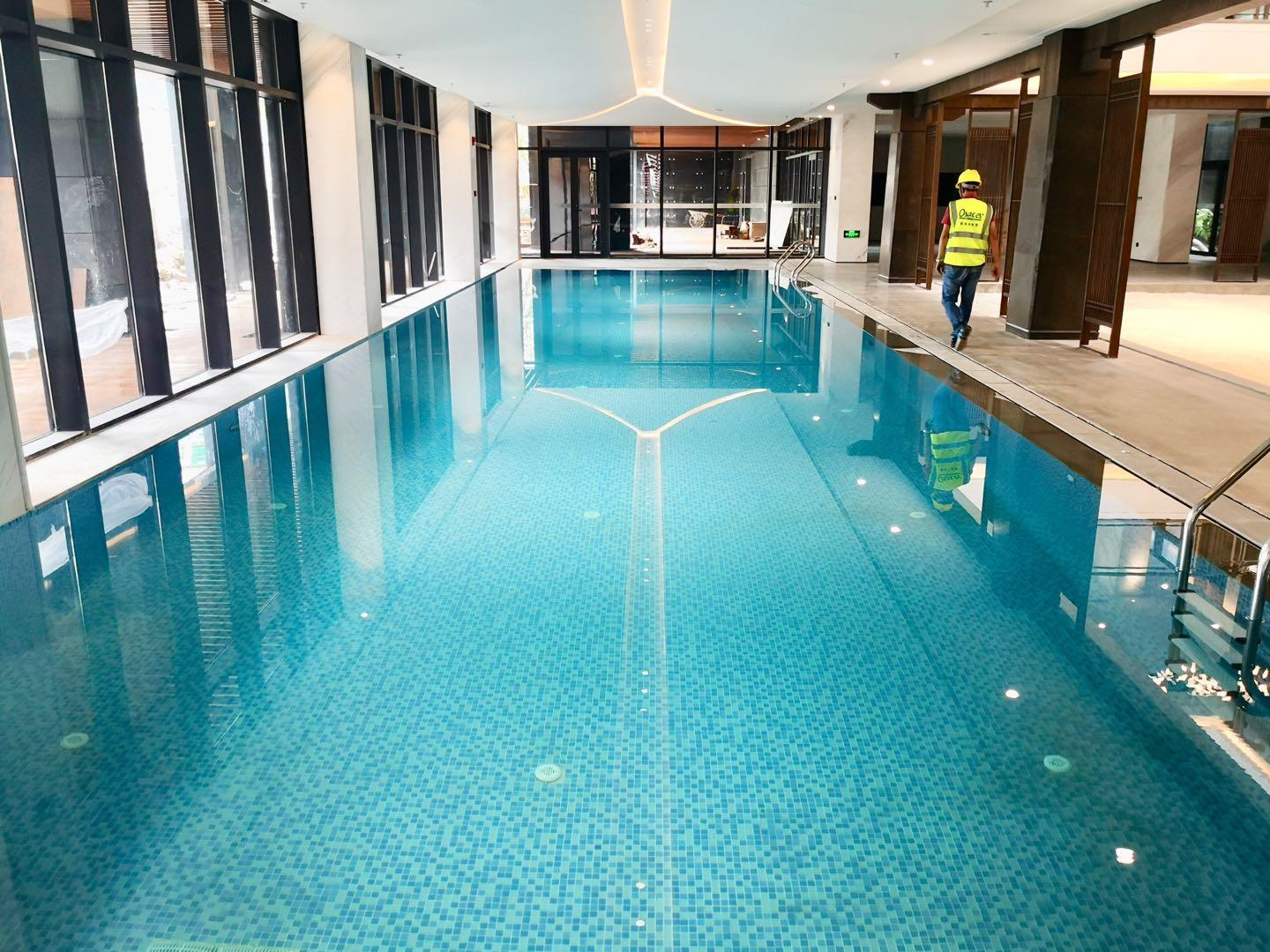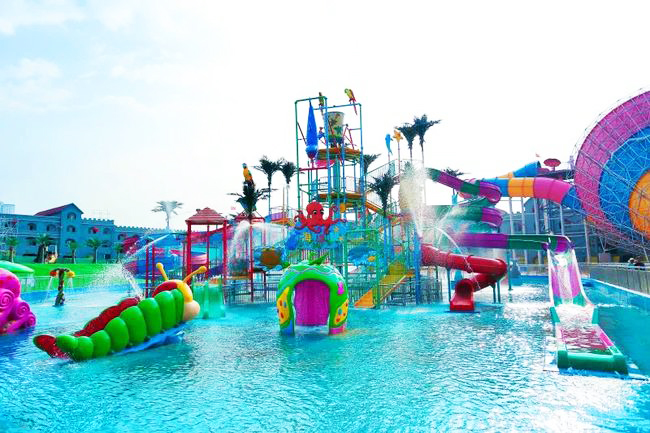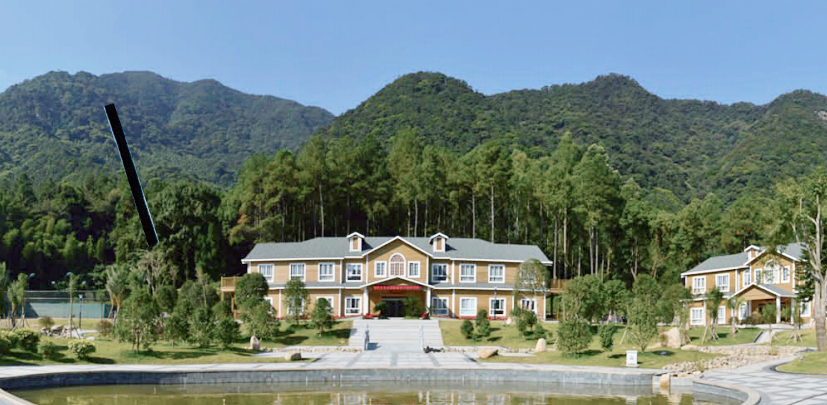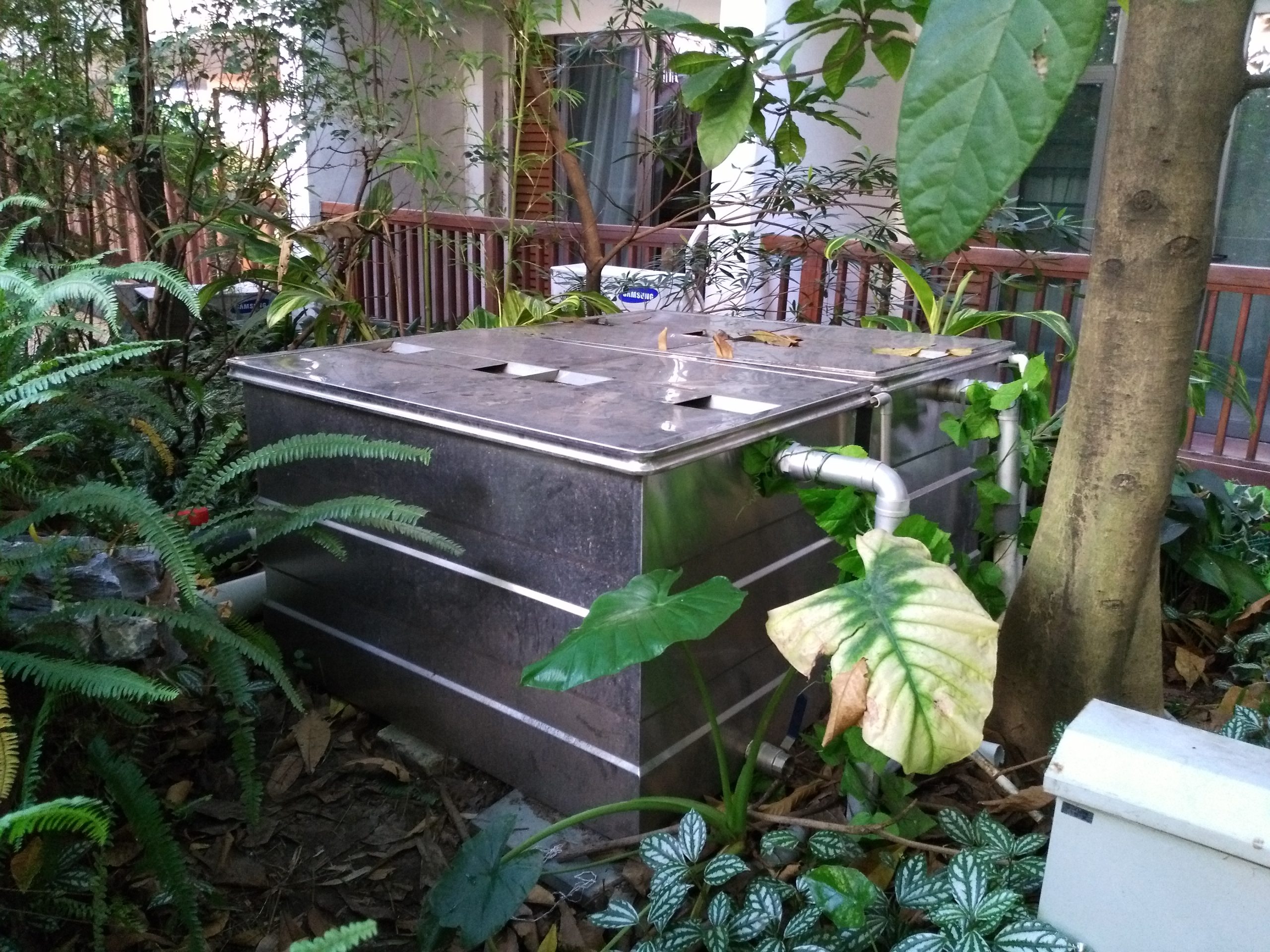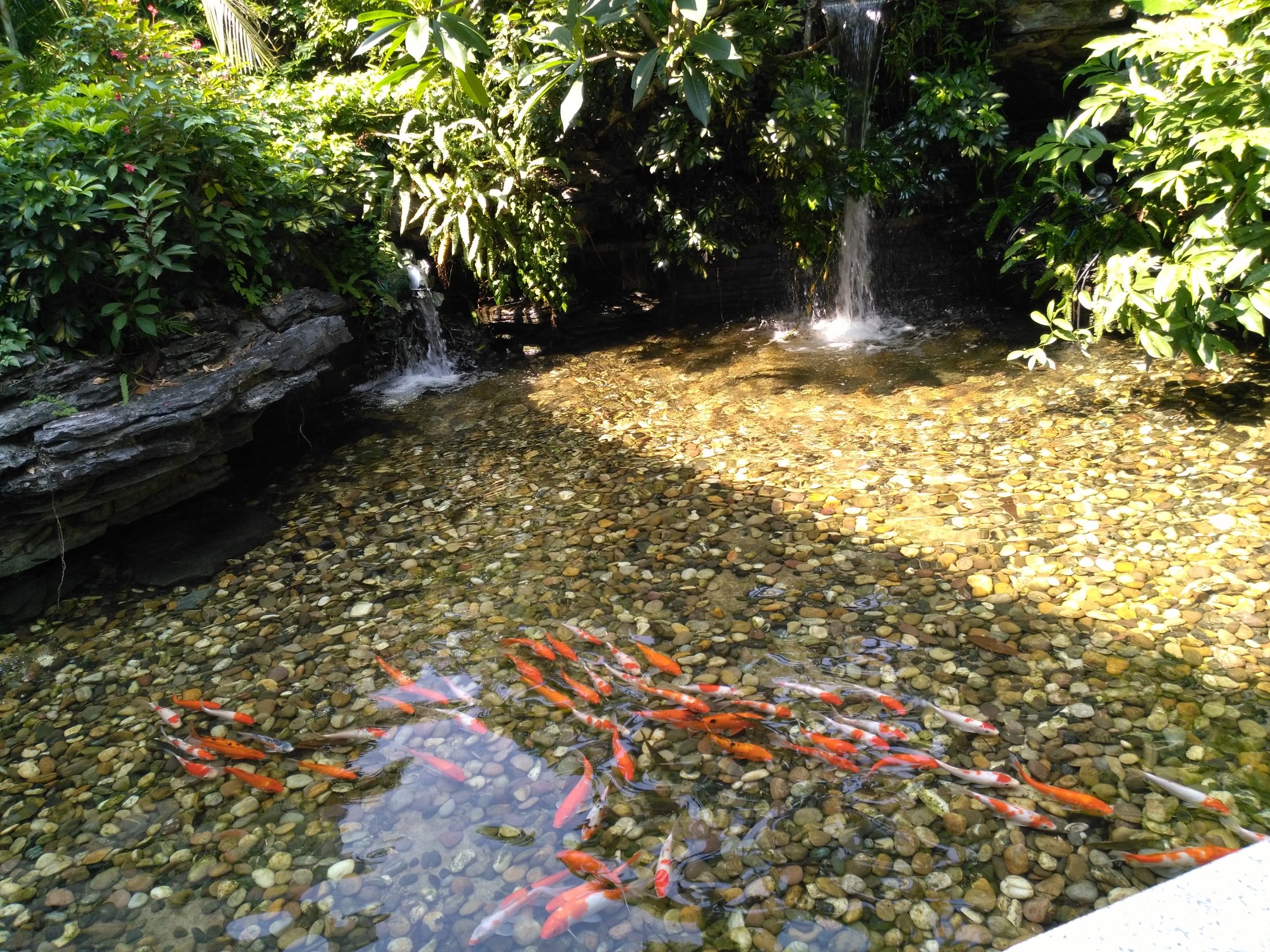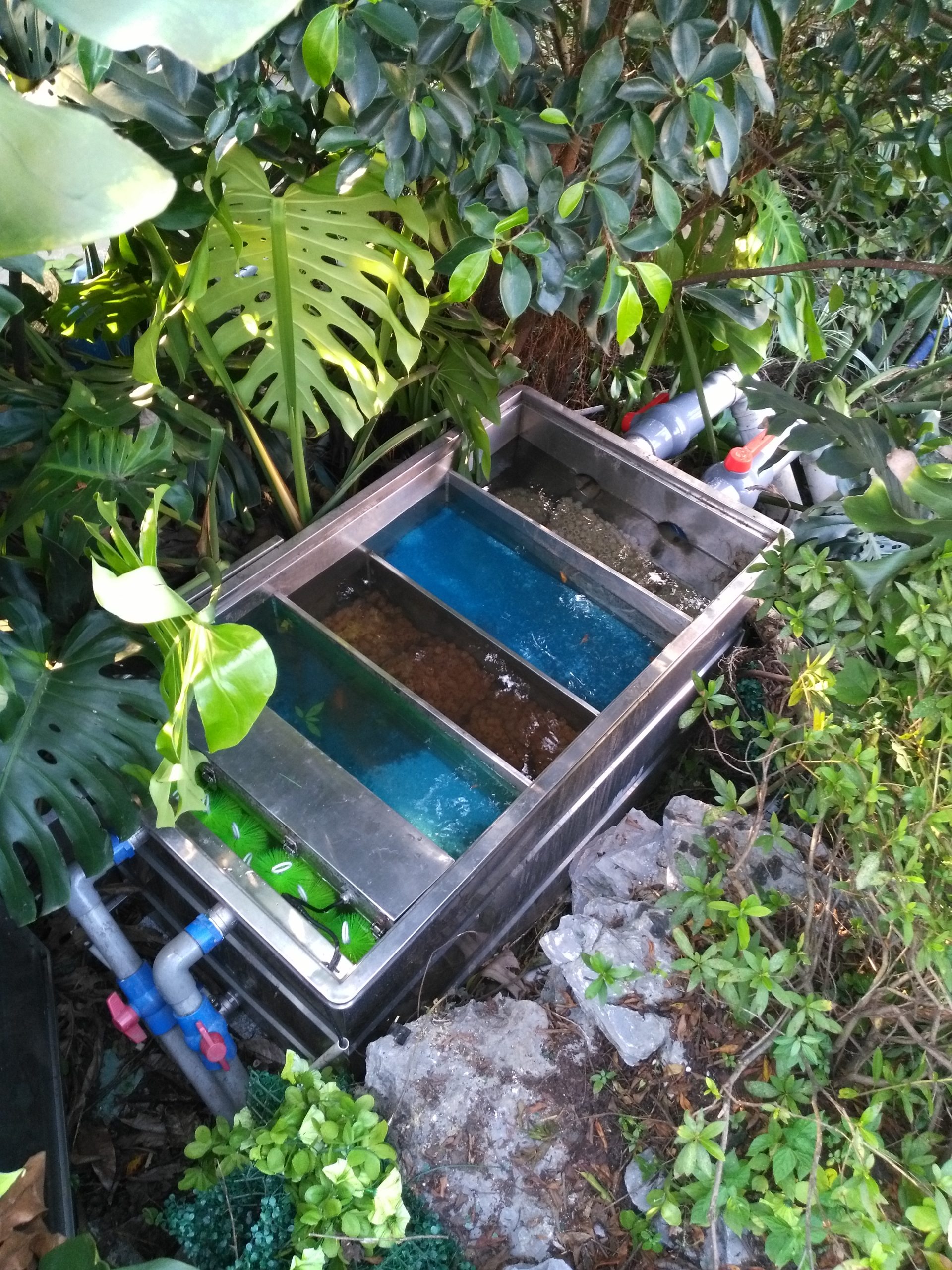common problems
contact details
 Ollies (Guangzhou) Recreation and Sports Equipment Co.
Ollies (Guangzhou) Recreation and Sports Equipment Co.Tel: (020) 82686289
Fax: 020-82694853
Headquarter: No.31-37, Xincun 2 Road, Shangjiang North Street, Dongzhou Village, Xintang Town, Zengcheng City, Guangzhou, Guangdong, China
Practical experience in Koi keeping - "three highs and three lows"
How should I care for my koi now that I've safely survived the winter and spring is in full swing?
Breeding begins with observation. Regularly check the koi pond in daily management: whether the pond filtration equipment and pump are running normally, whether the filter tank is clogged with dirt, whether the ultraviolet germicidal lamp is working effectively, whether there is any leakage in the pond, and whether there is any abnormality in physiological characteristics of koi.
In order to raise koi to understand, in addition to the above daily management, need to do "three high and three low".

In Guangzhou nowadays, the daytime temperature ranges from 25°C to 30°C, which is the optimal temperature for koi growth. In this optimal temperature range the fish have the most digestive enzymes in their body, the activity of digestive enzymes is strong, so the fish have the most vigorous intake, strong digestion, high digestibility, and their metabolism level is also high, so the fish have the most vigorous growth, which belongs to the so-called peak period.
Under the condition of outdoor ponds, with the use of high quality feed normal feeding and normal intake of fish, the digestibility of the feed is only about 80%, feeding feed only 25-30% of the protein for the growth of fish. Taking into account the effects of various factors, it is generally true that 20% of the major nutrients in the feed consumed by the fish are digested and excreted as part of the feces, 30% of the protein is used for growth, and 50% of the protein, essentially all the absorbed carbohydrates, and most or part of the fat is used for life support and activity.
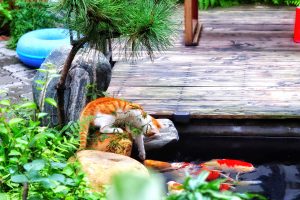
We all know that koi don't have stomachs and eat a lot and poop a lot. This, coupled with their size and high frequency of feeding, means that they are super destructive to the water quality of the pond, which is a great test of the perfection and strength of the koi pond filtration system. Besides that, the feeding density of koi determines the oxygen consumption of the water body, which directly affects the amount of dissolved oxygen in the water and the normal physiological activities of koi. Therefore, it is important to keep them at low densities.
It is well known that the three main sources of energy for living things are proteins, fats and sugars.
Therefore, it is important to avoid drastic changes in water temperature and water pH, and low fluctuations to give koi a comfortable growing environment.
Related content
- Don't let rotting tails affect the koi's aesthetics
- What kind of water is good for fish? Talking more about green water for fish
- What to do if the water in your fish pond is unclear? How to keep the water fresh and clear
- Are you ready for the golden age of koi growth?
- What causes new koi to get sick easily?
- Case Sharing--Foshan Shunfeng Mountain Park 3600 square meters landscape pool purification project
- Case Sharing||Huizhou-- Intelligent Terminal Beidou Industry Production Project Fountain Fish Pond Purification Project
- Guangdong Guanyinshan National Forest Park 300m³ landscape fish pond purification project

